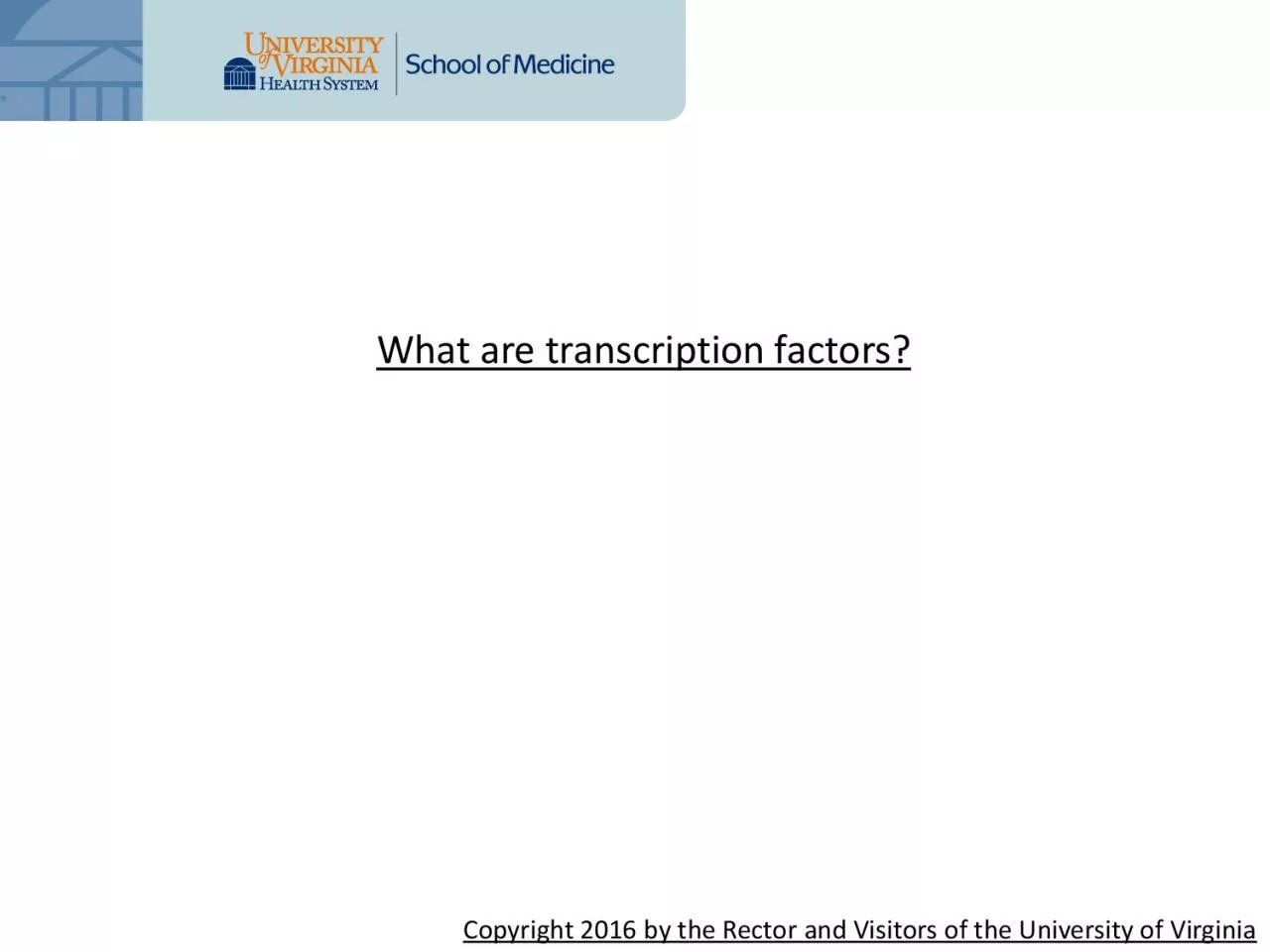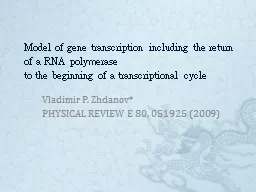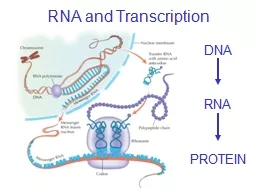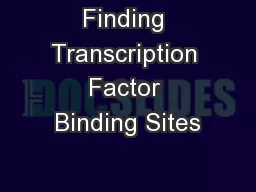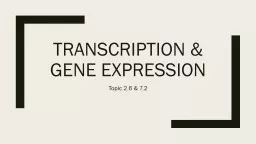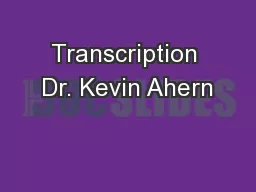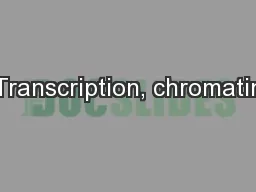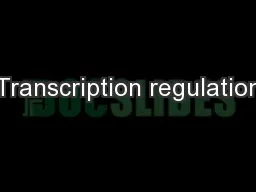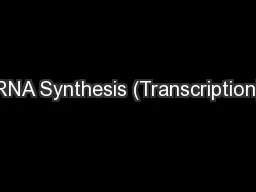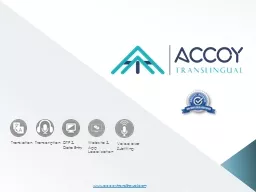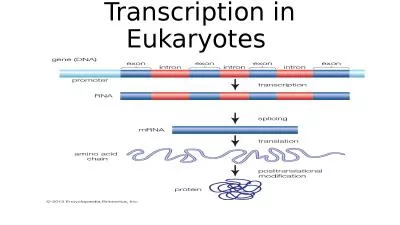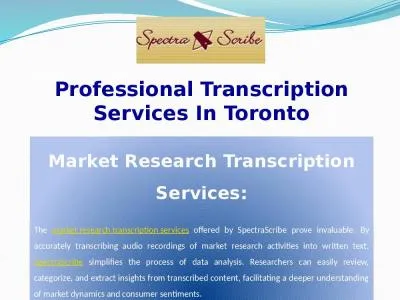PDF-What are transcription factors
Author : cappi | Published Date : 2021-09-28
Copyright 2016 by the Rector and Visitors of the University of VirginiaSTAT3STAT3STAT3STAT3RNAABNucleus of a cellBackgroundProtein products made from genes will
Presentation Embed Code
Download Presentation
Download Presentation The PPT/PDF document "What are transcription factors" is the property of its rightful owner. Permission is granted to download and print the materials on this website for personal, non-commercial use only, and to display it on your personal computer provided you do not modify the materials and that you retain all copyright notices contained in the materials. By downloading content from our website, you accept the terms of this agreement.
What are transcription factors: Transcript
Download Rules Of Document
"What are transcription factors"The content belongs to its owner. You may download and print it for personal use, without modification, and keep all copyright notices. By downloading, you agree to these terms.
Related Documents

